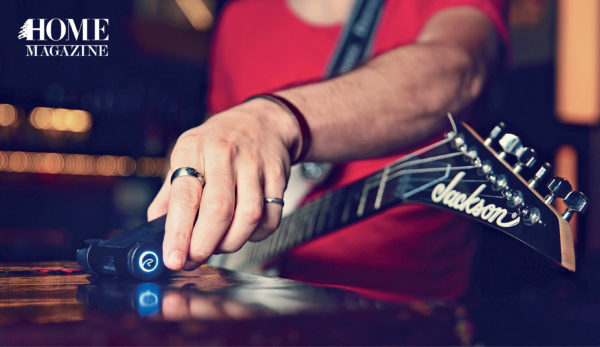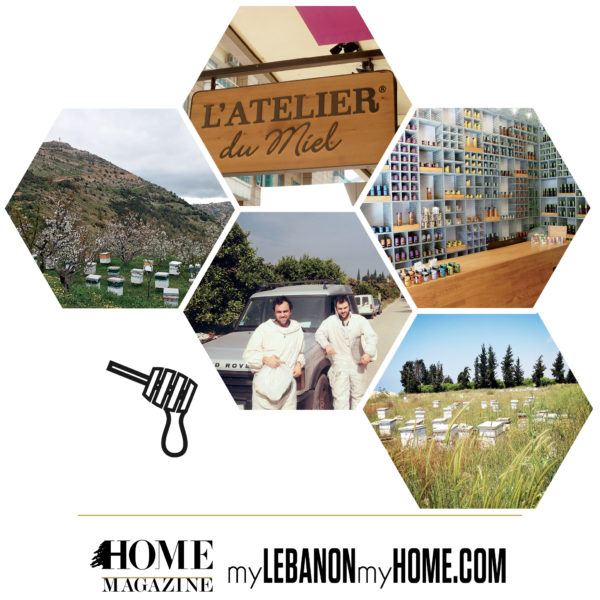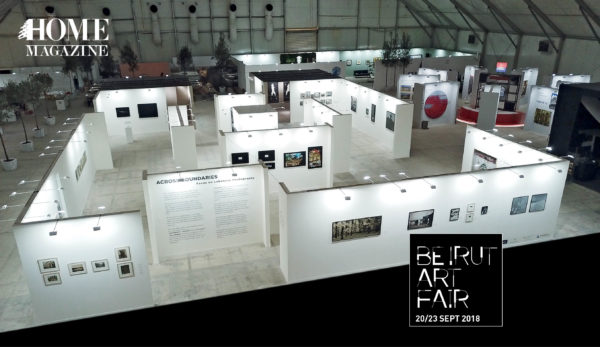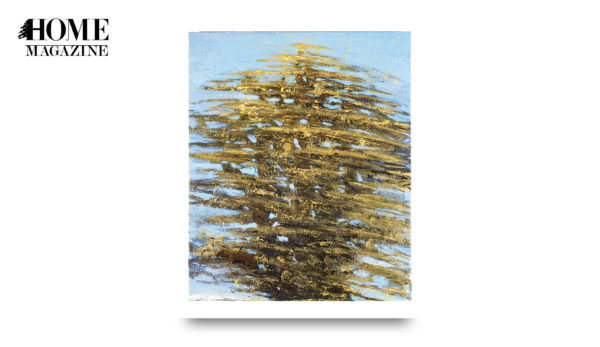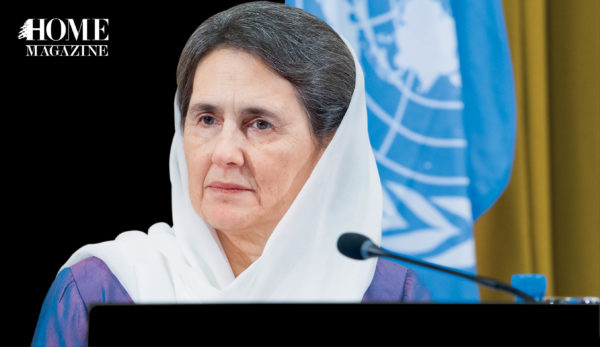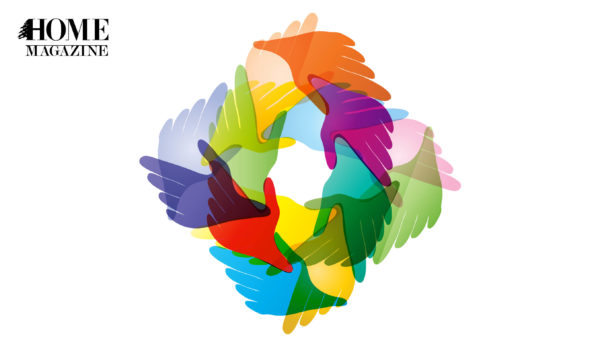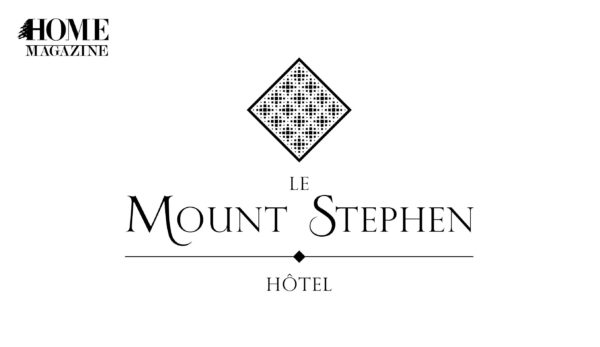HOME Magazine sits with the new Beirut Museum of Art to learn how it is becoming a platform for peace on Museum Mile.
For a city teeming with artistry, it is surprising that Beirut has no dedicated national museum of art. True, the National Museum, Sursock Museum, Dar el-Nimer and other institutions currently provide a plethora of cultural activities for locals and visitors alike, but Beirut has no Louvre, no unifying hub to bring the whole scene together.

For now, at least. But change is coming. Beirut Museum of Art (BeMA), a multidisciplinary platform dedicated to establishing a museum in Beirut’s Mathaf district, is moving closer to achieving its goal. BeMA has secured funding for the construction of the Beirut Museum of Art, designed by award-winning Lebanese-American architect Amale Andraos and set for completion in 2023.
While BeMA has received support from a range of artists and officials, the campaign has been sustained primarily by the drive of two women. Rita Nammour and Sandra Abou Nader are the project’s leading advocates and two of the founders of the Association for the Promotion and Exhibition of the Arts in Lebanon (APEAL), the organization from which BeMA emerged.

For them, the museum is about more than just art. “Art is a vehicle of peace,” says Abou Nader. “It is a way to overcome differences and conflict.”
“BeMA means platform in Greek,” adds Nammour. “This is the meaning of the museum: it is going to be a platform,” citing the museum’s symbolic location on the Green Line, the old dividing line between East and West Beirut during the civil war. “Through BeMA, we are aiming to create an institution for reconciliation and a platform for dialogue,” she explains.

Their idea for the museum emerged out of APEAL’s previous work hosting exhibitions to promote Lebanese art around the world. In 2010, APEAL sponsored an art exhibition at the Katzen Arts Center in Washington, D.C., which featured 29 Lebanese artists and aimed to portray Lebanon in a positive light.
“The project was extremely well received,” says Nammour. “We followed it up with other exhibitions in London and elsewhere. Then the idea came to us that there should be a platform in Lebanon for education and for art.


Working on the project full-time since its inception, both Nammour and Abou Nader cite giving back to Lebanon as the motivation behind their commitment. “I always felt I had to give back,” Nammour told HOME Magazine, who lived in Washington D.C. most of her life but always felt at HOME in Lebanon, often vacationing here with her children. “This country lives on people setting an example by giving back. If not for all the NGOs and the individuals in Lebanon trying to make a difference, what would have happened?”
Abou Nader has an added sense of dedication after being injured in the 2005 bombing that killed Lebanon’s Prime Minister Rafiq Hariri and 21 others. “Of course, an event like that affects you, it gives you a sense of a mission in life,” she explained when asked of the event’s significance. “Everyone who goes through this sort of incident asks themselves why they survived, and what their purpose is.”
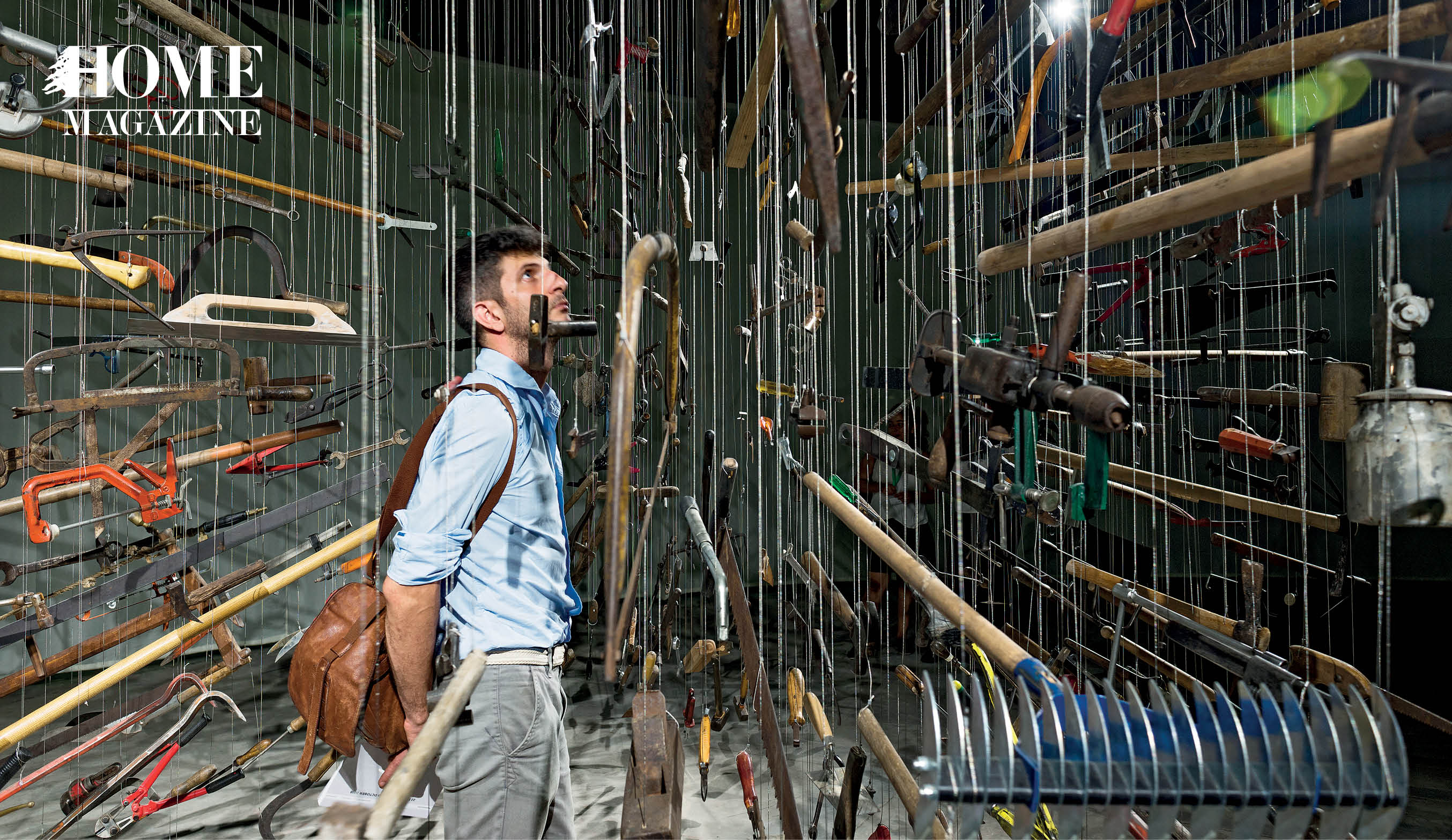
BeMA is located on a site owned by Université Saint-Joseph opposite the National Museum, part of the newly conceived Museum Mile. In 2015, APEAL hosted an architectural competition to design the museum.
The international panel was hosted by Lord (Peter) Palumbo, chairman of the Pritzker Prize for Architecture, while the jury was comprised of the BeMA Board of Trustees: curators Hans-Ulrich Obrist and Dame Julia Peyton-Jones; architects George Arbid, Dr.Fares el- Dahdah, Dr. Rodolphe El-Khoury, Rem Koolhaas and Lord Richard Rogers; artist Lamia Joreige; and Nammour in her capacity as APEAL president. Of the 68 applicants, all of which were Lebanese, the panel initially opted for French-Lebanese architect Hala Wardé’s firm HW Architecture, with honorable mention given to Andraos’ firm WORKac. In 2018, the panel chose Andraos to lead the design of the museum, after BeMA and Wardé could not come to an agreement concerning the future of the museum.
The co-founder of WORKac and a globally distinguished architect, Andraos is the first female dean of Columbia University’s Graduate School of Architecture Planning and Preservation (GSAPP). Born in Lebanon and a native Arabic speaker, she taught architecture at the American University of Beirut (AUB) and several American universities and is now based in New York.
Andraos’ winning design, An Ode to the Balcony, features 70 balconies around a central six-story cube, combining to create a promenade that wraps around the building, blurring the distinction between inside and out to form an open museum of sorts. At 12,000 square meters, the museum will contain 2,700 square meters of exhibition space.

This space will initially house the Ministry of Culture’s Modern and Contemporary Art collection, comprising of more than 2,300 artworks from 470 Lebanese artists. Alongside two other private collections, the museum already hosts a digital collection courtesy of Dr. Fares el-Dahdah, professor director of the Humanities Research Center at Rice University, Texas.
Future commissions will be determined by the artistic director, to be chosen by BeMA’s Artistic Advisory Committee consisting of Sam Bardaouil, Till Fellrath, Jack Persekian, Venetia Porter, Christine Macel, Kim Benzel and Clare Davies.
The museum will also host archives, a media lab and a performance space. “It’s a museum which is going to be socially engaged,” says Abou Nader.
“It will have a cultural center, an educational centre, and relations with the diaspora and other institutions.”

BeMA’s focus on education aims to make art accessible to all by engaging with communities and schools. In partnership with the Lebanese Ministry of Education and Higher Education, the 2-year-old Artists in Residency program within the Lebanese Public School System organizes Lebanese artists to direct 6-8 weeks of art classes in 10 pilot schools. BeMA has secured a contract to continue the program for the next 10 years, expanding to 40 schools across the country.
Mathaf Mathaf, another BeMA outreach program, saw artist Annabel Daou encourage people to visit the National Museum through interactive workshops exploring the significance of treasures found within.
Outside of Beirut, this year BeMA facilitated a contemporary art exhibition in the Rashid Karami International Fair in Tripoli. Curated by Karina El Helou of STUDIOCUR/ART in partnership with the Anissa Touati Corporation for Mexico, the exhibition played on the run-down structures of the abandoned fair and aimed to rejuvenate interest in the cultural landmark. BeMA has also organized artists in residency and exhibitions in Baalbek, Tripoli, Jezzine and elsewhere.
“This is the democratization of the arts,” said Nammour. “What we are trying to do is let people become accustomed to the fact that there will be a museum, a very accessible museum, which they can use and engage with. We are also trying to sound them out, to see what their opinions are.”
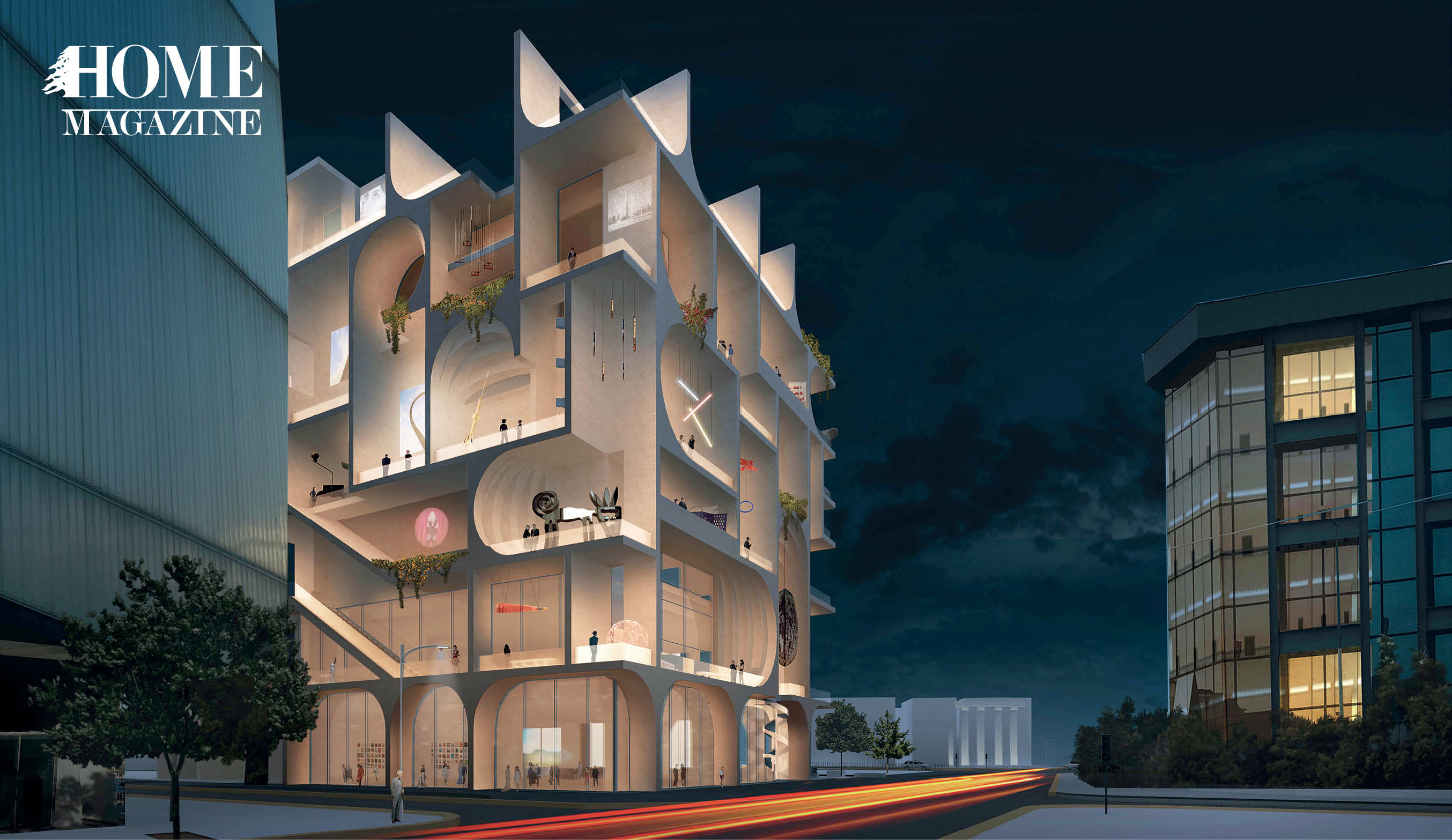
The museum is a continuation of APEAL’s work to promote Lebanese art to the world. In 2013, APEAL hosted Lebanon’s first pavilion, entitled Letter to a Refusing Pilot, at the 55th Venice Biennale. “It was a really great moment for Lebanon,” reflected Abou Nader. “The subject was very potent. It focused on an Israeli pilot ordered to hit a school in Lebanon, but he wouldn’t do it. People didn’t expect to see this in the Lebanese pavilion because of the political situation, but it was very well received.”
BeMA also intends to work with existing institutions. “It’s an embracing platform, not a competing one,” said Nammour.
“We’re not trying to fill a vacuum; existing institutions are already doing great work.”
Although the project is currently a fulltime job for both Nammour and Abou Nader, they are keen to emphasize that they’re part of a bigger team. “A lot of people are working hand-in-hand to do something cultural for the country,” said Abou Nader. “We have been helped voluntarily by people from a lot of different areas.”
Having come this far, they still have further to go. With construction due to begin this year, the next step is to secure an endowment for the project so that it is sustainable once open. Beirut can look forward to the new cultural center it deserves, and one that is here to stay.








